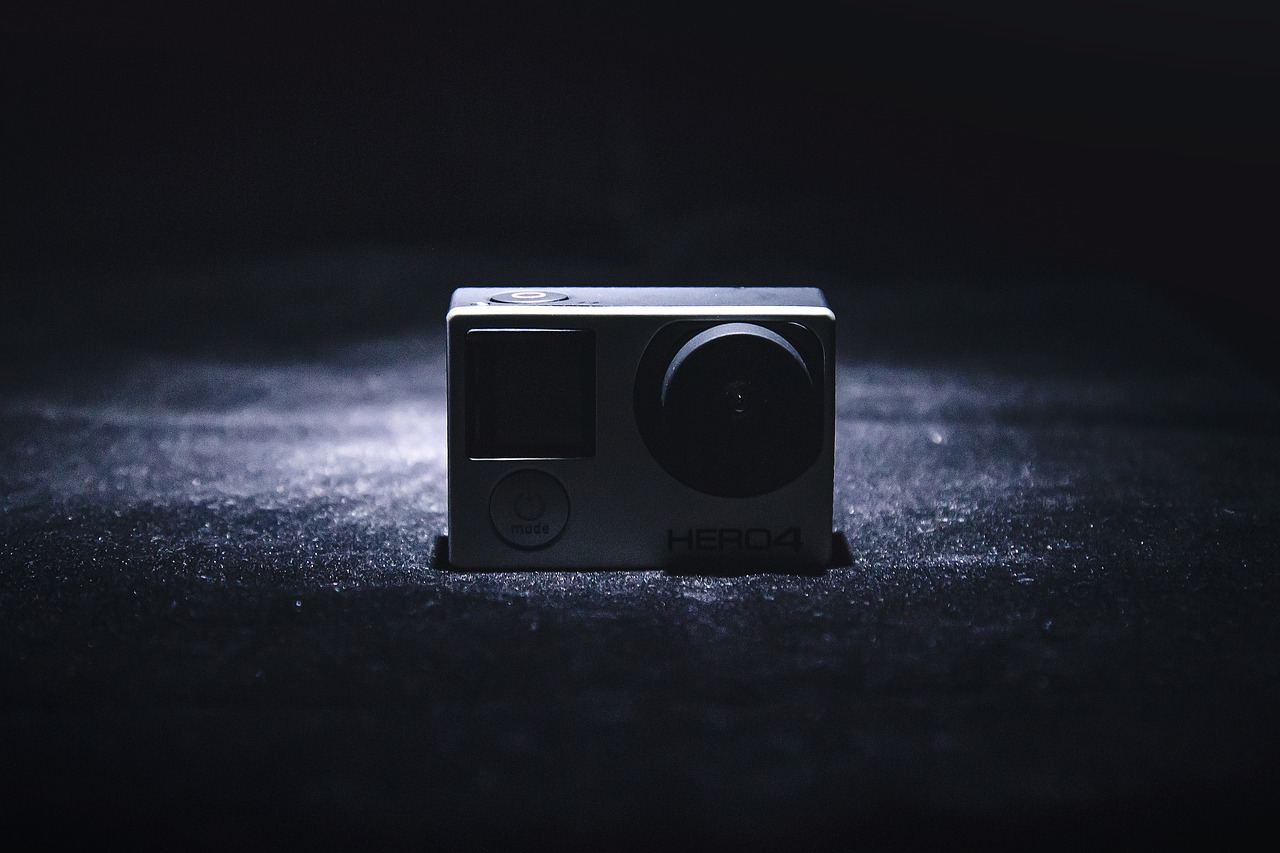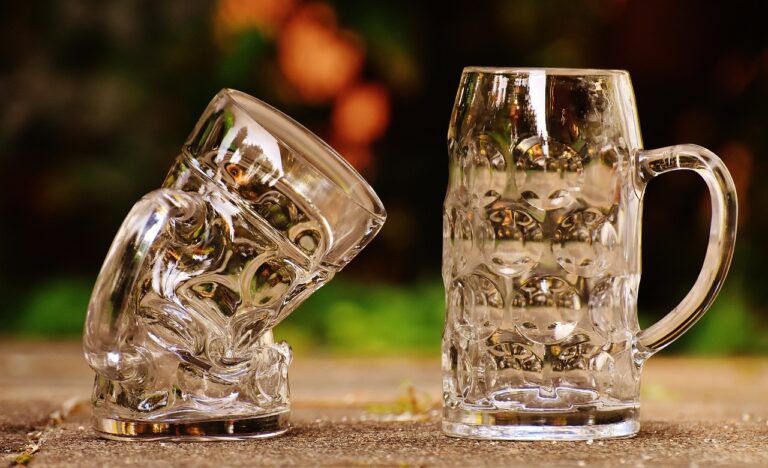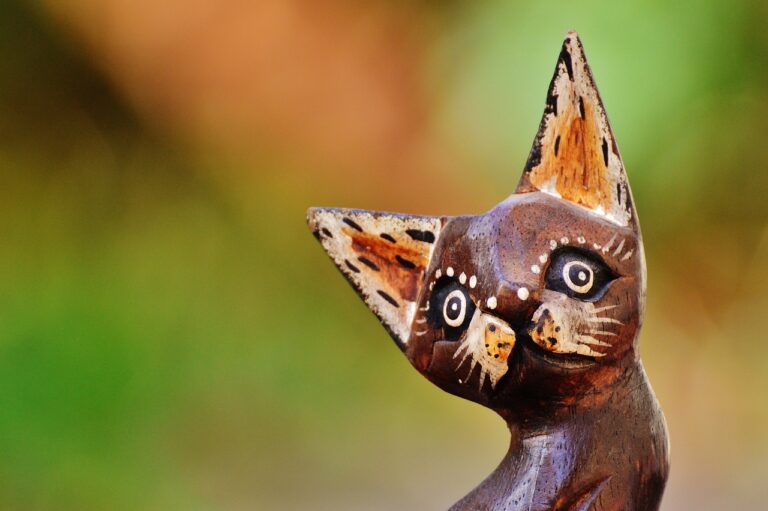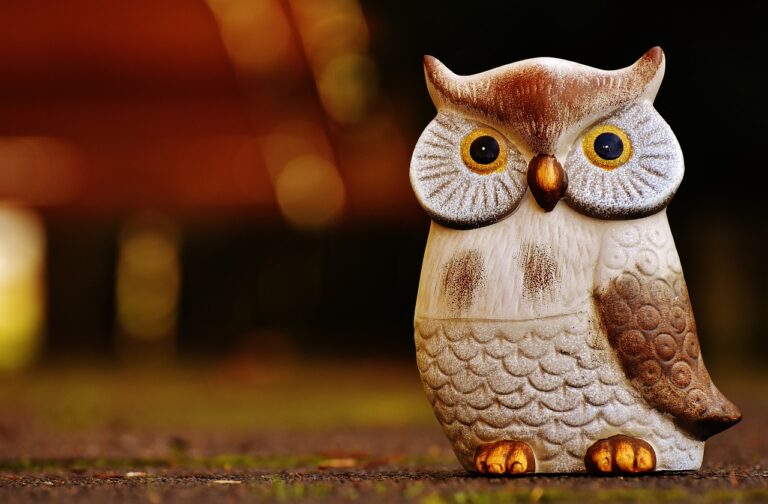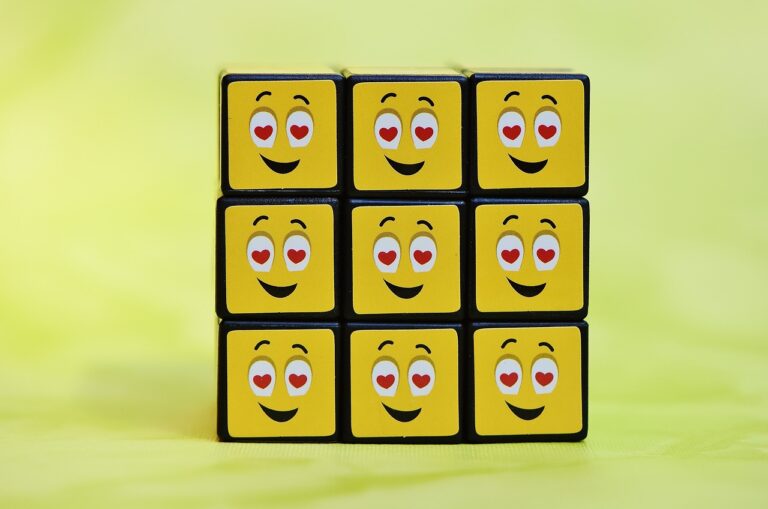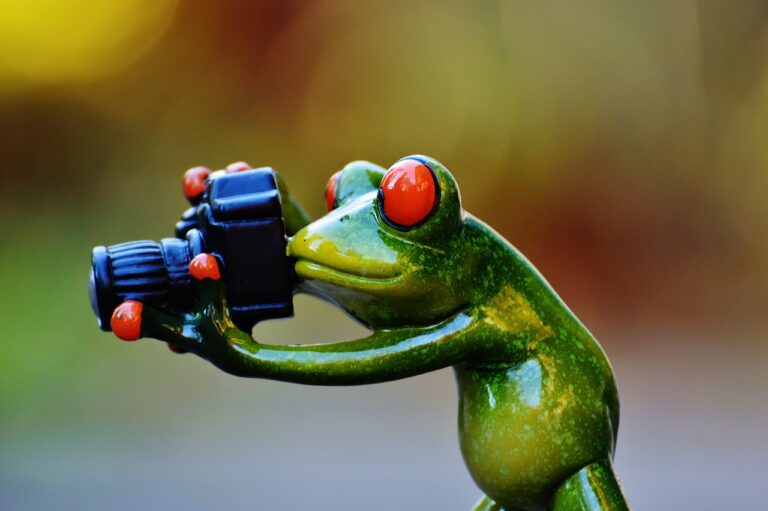The Intersection of Fashion and Film: Costume Design in Cinema
Costume design serves as a crucial storytelling element in films, allowing characters to visually communicate their personalities, backgrounds, and motivations without uttering a single word. The careful selection of costumes can provide valuable insights into characters’ emotions, relationships, and societal roles, enhancing the overall narrative of the film. Through the strategic use of colors, fabrics, and styles, costume designers work collaboratively with directors and actors to create a visual language that complements and enriches the story being told on screen.
Moreover, costume design can also convey thematic messages and cultural contexts within a film, setting the tone and period in which the story unfolds. By paying attention to historical accuracy, social norms, and geographical influences, costume designers can transport audiences to different worlds and time periods, immersing them more deeply into the storytelling experience. Whether through subtle symbolism or bold sartorial choices, costume design plays a significant role in shaping the visual storytelling of a film, leaving a lasting impact on viewers long after the credits roll.
The Evolution of Costume Design in Cinema
Costume design in cinema has undergone a significant transformation over the decades, evolving from simple clothing choices to a crucial narrative tool. Early films often utilized costumes merely to distinguish characters and set the time period. However, as storytelling in cinema advanced, costume design began to play a more intricate role in conveying character traits, emotions, and thematic elements.
In contemporary cinema, costume designers work hand in hand with directors and production teams to create costumes that not only reflect the characters’ personalities but also enhance the overall visual storytelling. From subtle color choices to intricate details, modern costume design has the power to deepen the audience’s understanding of the characters and their journey. As films continue to push boundaries in storytelling and visual aesthetics, costume design remains a vital component in shaping the cinematic experience.
• Costume design has evolved from simple clothing choices to a crucial narrative tool
• Early films used costumes mainly to distinguish characters and set the time period
• Modern costume designers work closely with directors and production teams to enhance visual storytelling
• Costumes now reflect character traits, emotions, and thematic elements in cinema
• Subtle color choices and intricate details deepen audience understanding of characters
Influence of Historical Fashion on Costume Design
Costume design in film is not solely about dressing characters; it is a powerful narrative tool that can shape audiences’ understanding of a story. Historical fashion plays a crucial role in costume design as it provides a visual link to the past, helping to establish the time period and setting of a film. By drawing inspiration from historical attire, costume designers can create authentic and believable characters that resonate with viewers.
Moreover, historical fashion influences not only the aesthetic aspects of costume design but also the character development and storytelling in films. Through the careful selection of clothing from specific time periods, costume designers can convey social status, personality traits, and cultural background of characters without relying on dialogue or exposition. This attention to historical accuracy adds depth and richness to the visual storytelling of a film, enhancing the overall cinematic experience for audiences.
How does costume design serve as a narrative tool in film?
Costume design in film helps convey information about characters, their personalities, social status, and even their journey throughout the story.
How has costume design evolved in cinema over the years?
Costume design in cinema has evolved from simple outfits to elaborate and intricate designs that play a crucial role in storytelling and character development.
How does historical fashion influence costume design?
Historical fashion serves as a reference point for costume designers, providing inspiration for creating authentic and visually appealing outfits that accurately represent a specific time period or cultural context.

